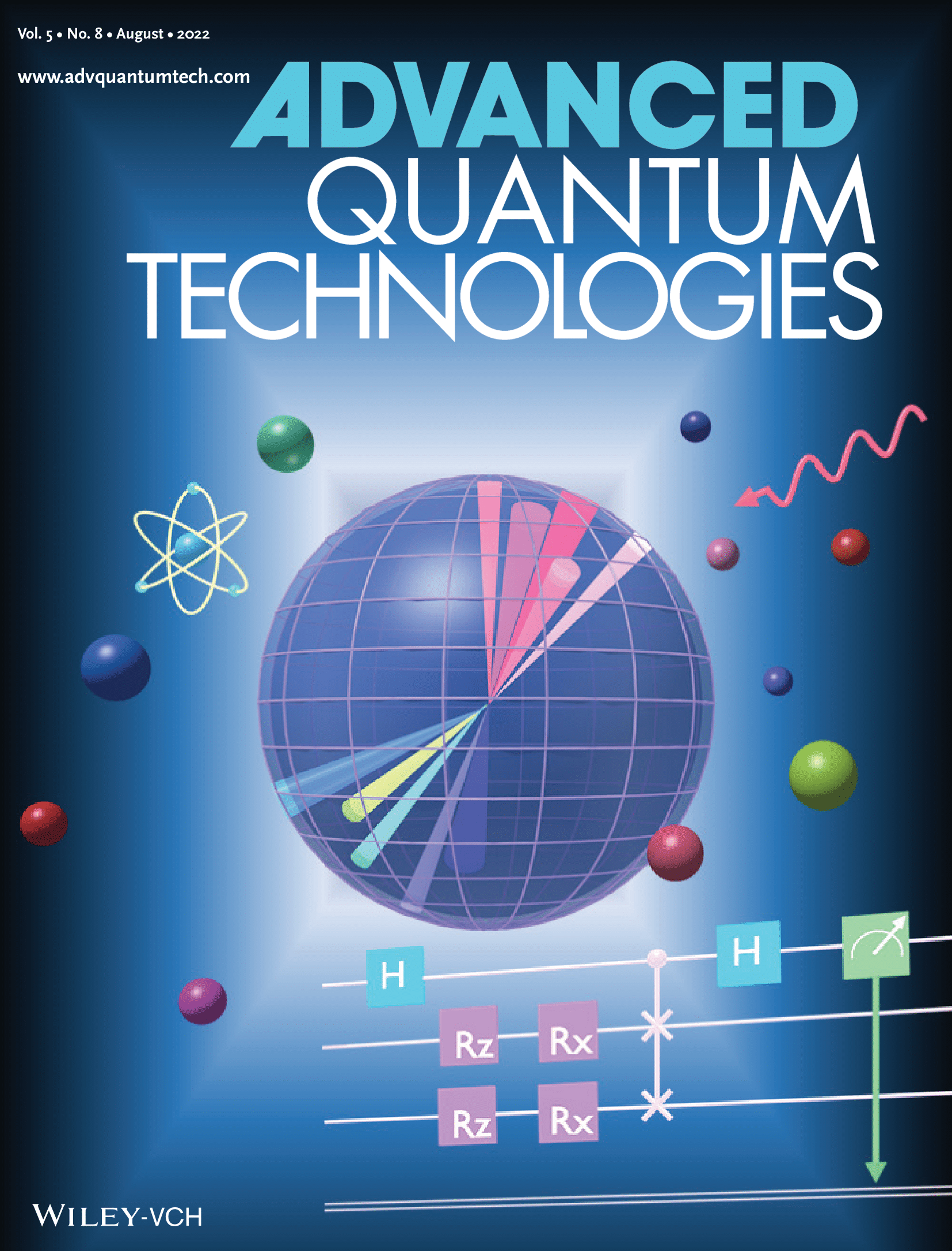 |
A quantum embedding is a map that can be trained to separate and embed classical data points into a much larger Hilbert space. In the case of binary classification problems, this quantum protocol achieves a geometrical representation of the data in which they are easier to be classified. In the era of big data, this algorithm can provide a remarkable simplification of the intensive preprocessing often necessary for Machine Learning algorithms to perform efficiently. We have developed an extensive experimental study of quantum embedding by implementing a parametrized quantum circuit on two complementary experimental platforms: atomic and photonic. We have compared the results with a similar analysis conducted on the cloud-available Rigetti superconducting quantum processor. The successful results support the promising idea of hybrid quantum technologies for future Quantum Machine Learning applications. (Front cover on Adv. Quantum Technol. Volume 5, Issue 8, August 2022) I. Gianani, et al., |


Atoms few, damned but quick... Magnetic fields sources, RF antennas, optical structures, all integrated in a micro-chip with a Bose-Einstein condensate a few hundred microns from the surface: an "Atom chip". The benefits are higher trap frequencies, shorter evaporative time, better atom-field coupling plus a much (much) cheaper set-up. The goal of our experiment is to make the best use of Atom chips for quantum technological applications.
